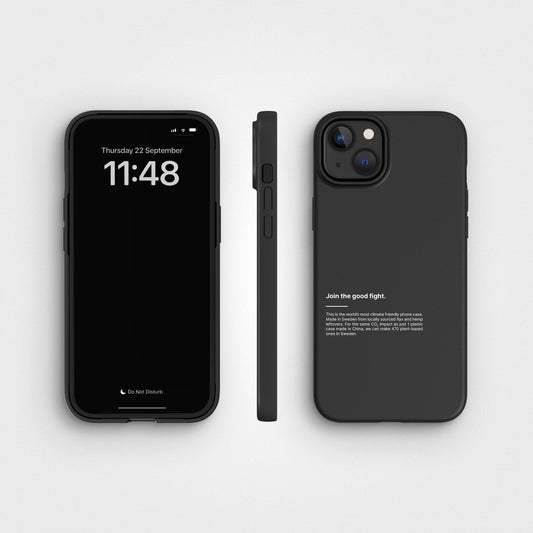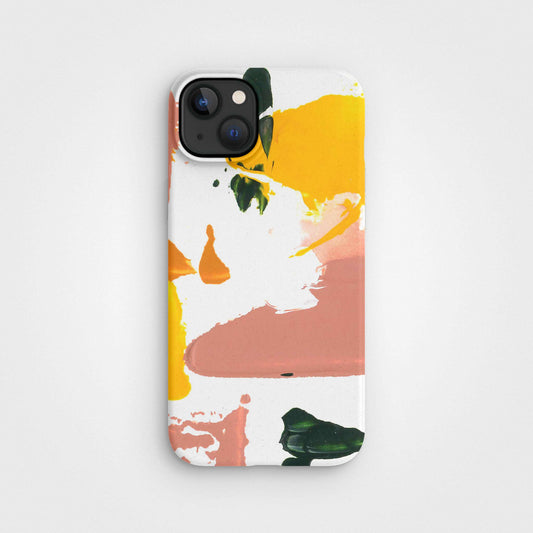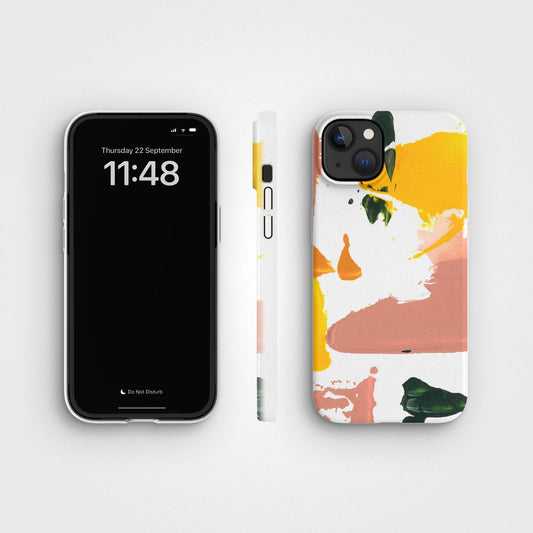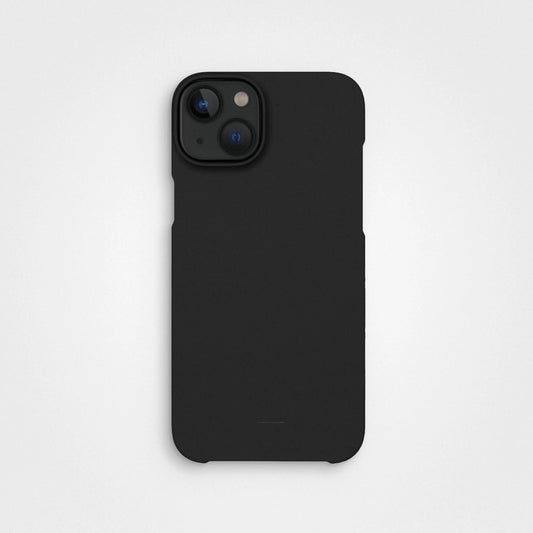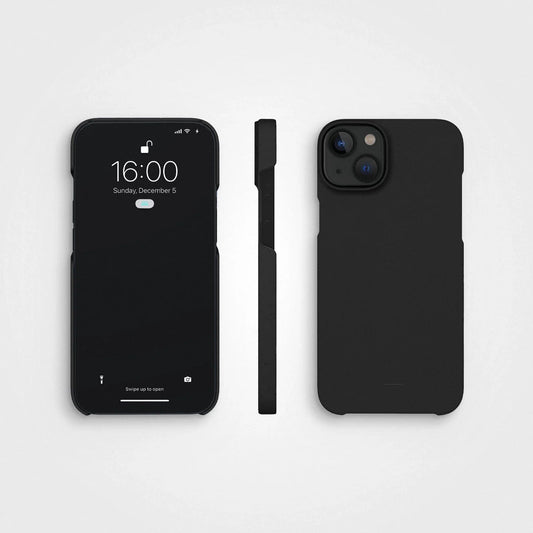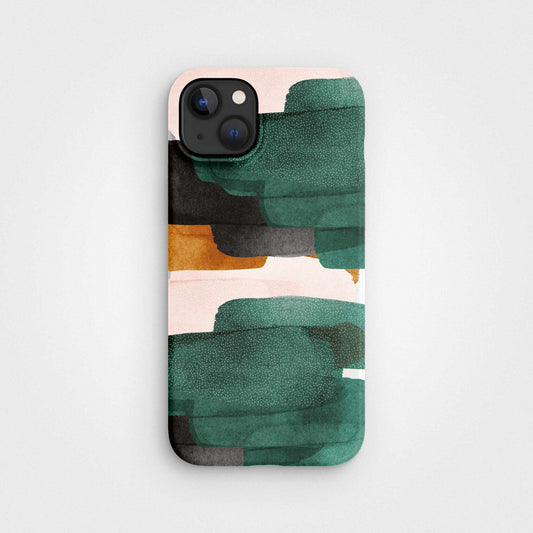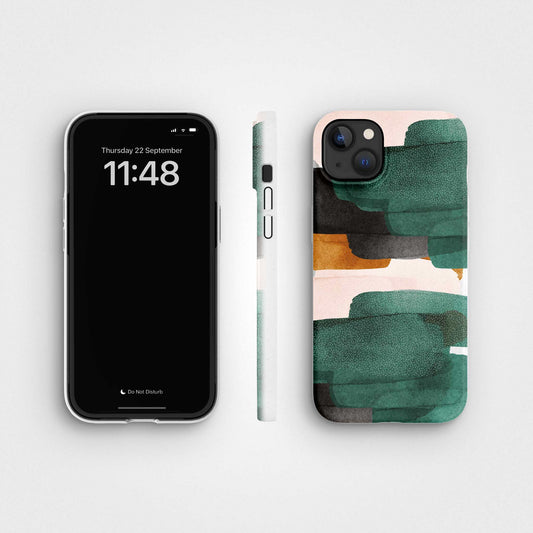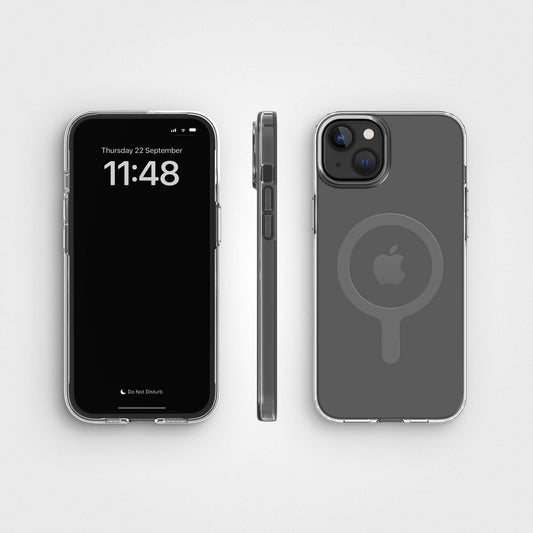Using a fountain pen doesn’t make you a better person. But it also doesn’t make you any worse of one either. We have no idea what made you want a fountain pen. We do know that it can be very pleasant to write with one. Thoughts may flow easier out of a writing instrument where ink literally pours from the nib. Maybe you think using one adds a touch of class to thank you cards or special personal notes. Perhaps you just have your eye on one and before you buy are seeking information about how they work and how to write with a fountain pen.
The Basics
The first thing about learning how to write with a fountain pen is that you first need to choose the right one for you. It’s not quite as involved a process as wand shopping at Ollivanders, but because not all fountain pens are suited for every writing style, it’s best to go to a store and take a few for a spin. Not everybody lives near a Bromfield Pen Shop but if you search you can probably find a local store that has a decent selection of fountain pens.
A few questions you should probably ask yourself before you go looking for one are:
- Do you like performing periodic maintenance? You will have to disassemble your pen to refill it and perform basic upkeep.
- Will you be using the pen regularly? When a fountain pen isn’t used regularly, the ink may dry and gunk it up. See above.
- Do you press down hard when you write? Fountain pens require a lighter touch or you may damage the nib.
Fountain pens are like record players and lightsabers, “elegant weapons for a more civilized age,” but ballpoints, mp3s, and blasters get the job done with less fuss. Now, when you practice with a fountain pen you don’t run the risk of slicing your head off or damaging a vinyl record, but you do need to know proper technique in order to get the most satisfaction from using it.

What Kind of Fountain Pen? $ or $$$$
If you’re just in it for the novelty or you’re just getting into fountain pens get something affordable. Although tempting, we can’t recommend disposable ones like the Pilot Varsity. Although they work consistently - at least when they are fairly new and used with some frequency - and don’t have a lot of the typical fountain pen baggage - i.e., maintenance issues - they can and do malfunction. When this happens your only recourse is to throw it away. This is the reason we cannot endorse such a product.
If you want to start out with an inexpensive fountain pen, try the Pilot Plumix. Although it is constructed from plastic it’s at least refillable and should last you an acceptable amount of time. All nibs eventually wear out or get damaged. Repairing such an inexpensive pen makes little economic sense. We think that a pretty big drawback.
Take a look at the Pilot/Namiki vanishing point fountain pen. A novel example because it has a retractable nib; and it also happens to be a terrific fountain pen. It is made from high-quality materials and is available in a number of interesting finishes and colors. Since it’s of Japanese origin they are also available with very fine nibs - up to 0.2 mm - although a good place to start is with a 0.7 mm or 1.0 mm. It can be pricey, but you can probably find a nice used one somewhere. It can also be repaired.
Those are just a few pens from only one manufacturer. Beyond that, your choices are pretty much limitless. A knowledgeable employee at a good pen store can help guide you in making a more informed purchase.
Writing With A Fountain Pen
Using a fountain pen sort of forces you to have to write because if you don’t the pen can start malfunctioning. This is a good thing when you think about it. Writing with regularity has a great many benefits.
For one, the nib of the pen with slowly conform to how you hold and write with it, sort of like a pair of running shoes. No ballpoint does that. Hold the pen comfortably and start writing gently on some paper to get used to how the pen handles and how the ink flows from the nib. Find a good speed where you and the pen both operate harmoniously. Very Zen.
Second, writing gives you the opportunity to slow down and collect your thoughts. A lot of people start exercising and see it as a task to be completed. That works for some. Others see exercise as a journey. Either way, flexing your nib is exercise for your pen. You can see it as a task or turn it into a journey.
Maybe use this as an opportunity to write down interesting observations or even just collect quotes. Here’s one:
One book, one pen, one child and one teacher can change the world. - Malala Yousafzai
Imagine a small pocket diary filled with such quotes - all written out by you using your fountain pen. That might even make a great end of the year gift for someone very special to you.
Enjoy Using It
Using a fountain pen shouldn’t be burdensome. Part of that means, using it in the right situation. A little pretentiousness can be forgiven but it would be a little much if you saw some guy at a coffee shop cutting feathers with a pen knife claiming, “quills gave a more authentic analog feel.” (Unless that coffee shop is in Colonial Williamsburg).
Use a ballpoint for signing receipts - the clerk doesn’t want to get ink stains on their fingers and chances are it’s not worth wasting ink for similar mundane writing tasks. Your fountain pen is special, use it for special tasks.
A fountain pen used properly becomes a magic wand for your mind. - Jeremy Burnich
Further Reading:
How To Maintain A Fountain Pen - Levenger
Fountain Pen Basics - Fountain Pen Love
How Not To Use Your Fountain Pen - Goulet Pens


